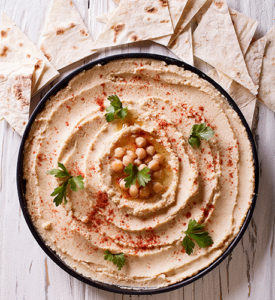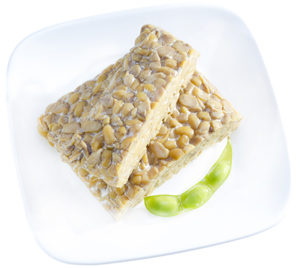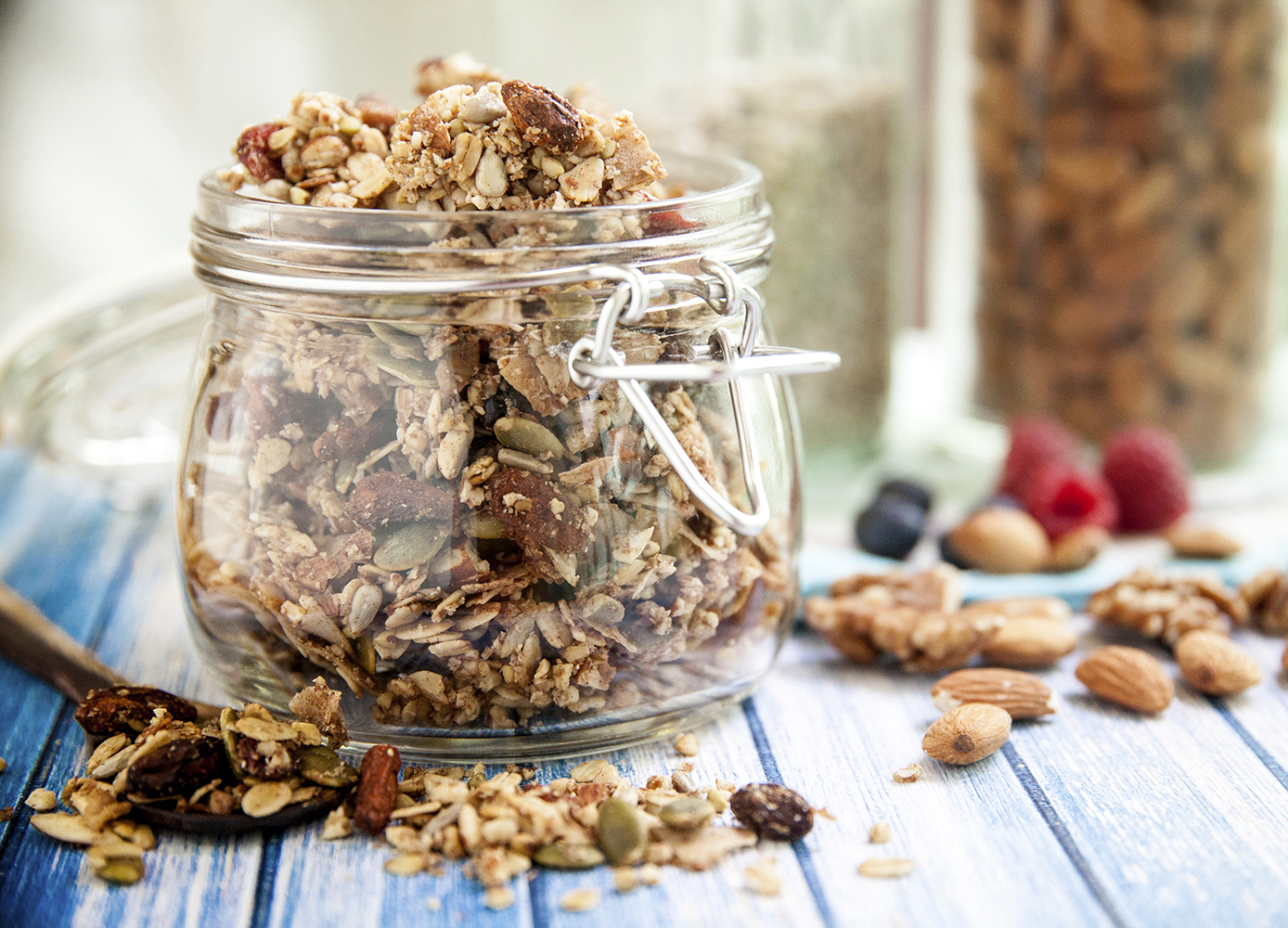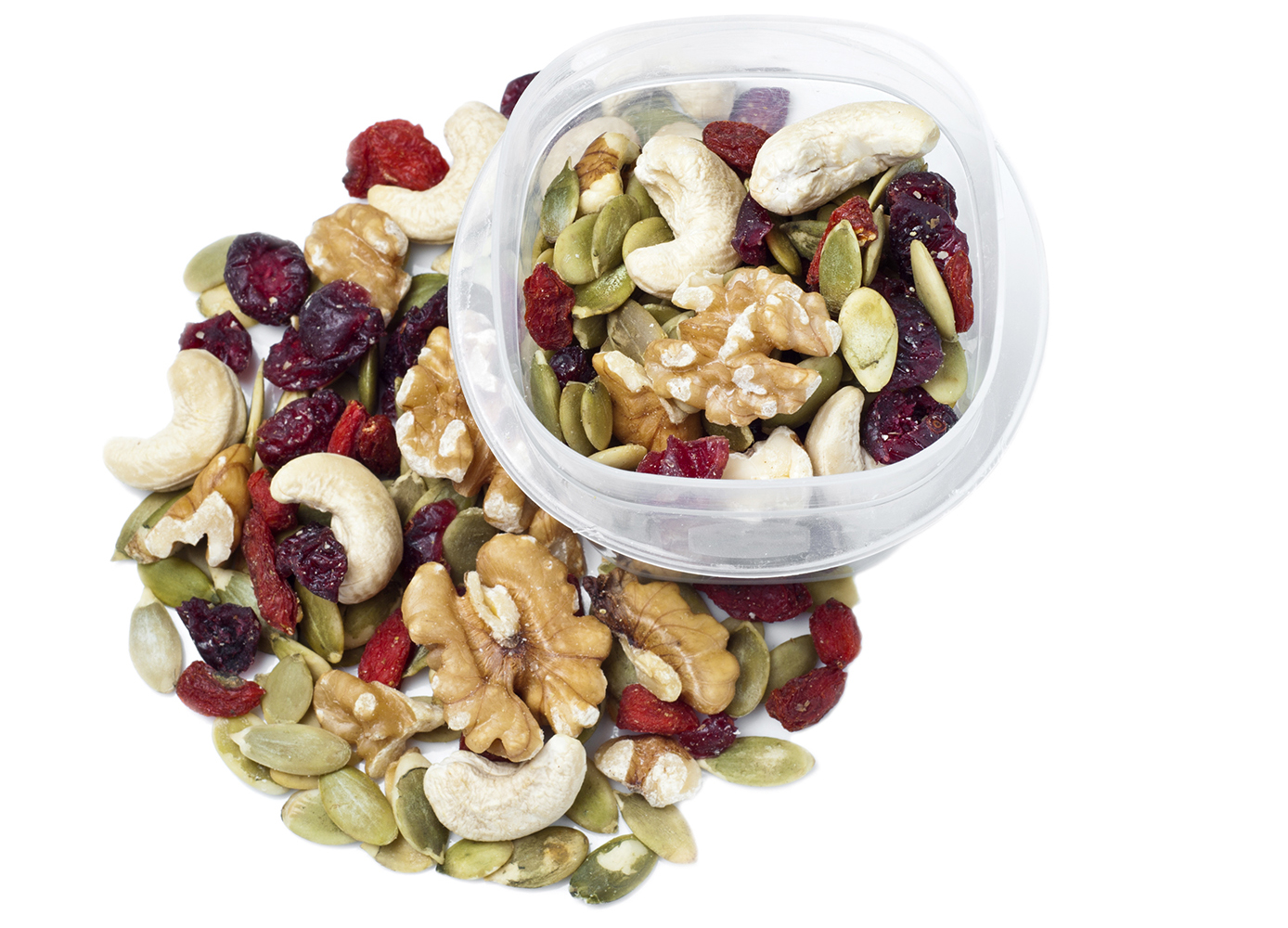If your diet needs a power boost, a bit of creativity can provide what it lacks
By Wendy Haaf Photo: Dreamstime/Nika111.
We asked experts for advice on how to make meals healthier without slaving for hours every day in the kitchen or torturing the grocery budget. This week, we’re full of beans!

Photo: iStock/osoznaniejizni.
BRING ON THE BEANS
While Canada’s Food Guide doesn’t specify how often we should be eating beans, lentils, and pulses (other than to suggest choosing these meat alternatives “often”), the Mediterranean diet pyramid recommends eating them daily, or at least every other day, and it would seem most of us miss that mark.
When researchers from the University of Manitoba analyzed data from the Canadian Community Health Survey (CCHS), only 13 per cent of the more than 20,000 Canadian adults who participated reported having eaten pulses in the previous 24 hours.
We also know, based on the 2004 CCHS, that most Canadian adults aren’t meeting the recommendations for daily consumption of dietary fibre (21 grams for women 51 or older and 30 grams for same-age men). However, according to the University of Manitoba study, bean- and pulse-eaters have much higher fibre intakes than non-consumers: 85 per cent greater among those who ate a daily average of 294 grams (about a cup and a half) and 34 per cent higher for people who ate an average of 99 grams (about half a cup) daily.
Beans and legumes are also good sources of magnesium, another nutrient the 2004 CCHS reports most Canadians aren’t getting enough of.
Add them to your regular recipes.
“Beans can be added to all kinds of things,” says Rosie Schwartz, a Toronto registered dietitian, food writer, and author of The Enlightened Eater’s Whole Foods Guide (Viking, 2003). Toss pulses into grain bowls, salads, chilies, and soups.
“When you’re making pasta with a tomato sauce, drain and rinse some white beans, purée them, and add a small amount to the sauce,” Schwartz suggests. (Rinsing canned beans rids them of up to 40 per cent of the sodium content, though you can buy no-salt-added, as well.) If you need to acclimatize to the new taste and texture, each time you make sauce, “you can slowly increase the amount of purée and gradually make it chunkier until you can see the beans.”
Red lentils are a soup staple for Nicoletta De Palma of Markham, ON; they cook very quickly and break down, creating a creamy texture. Beef up breakfast burritos with black beans.

Photo: iStock/Alleko.
Snack on them.
Making hummus and bean dip is as easy as tossing a few ingredients into the food processor. You can also turn chickpeas into a savoury snack: drain and rinse one can of them, pat dry, and toss with two tablespoons of oil and your choice of seasonings. Bake on a lined cookie sheet at 400˚F (200˚C), stirring occasionally, until golden and crispy—about 35 minutes.
Experiment with soy.
“I always say that if you don’t like tofu, you haven’t had it made correctly,” says Kathy Hester, a Durham, North Carolina, food blogger and the author of Vegan Slow Cooking for Two or Just You (Fair Winds Press, 2013). “You just have to approach it with an open mind and a plan.”
If you’re put off by the texture, try this: Freeze firm tofu, defrost, then wrap in a clean dishtowel and squeeze out most of the liquid. Mashed with a fork, the tofu has a crumbly texture similar to ground meat and can be used as a base for burrito filling and dishes such as shepherd’s pie.

Photo: Fotolia/Snyfer.
Silken tofu can be added to smoothies or used to make pumpkin pie, cheesecakes, or creamy sauces. You can even substitute a quarter-cup (50 mL) for an egg in some baked goods—just toss it into the blender with the other wet ingredients.
Tempeh, an Indonesian food made from soybeans that have been halved and then fermented with a bacterial culture (similar to the way some cheeses are made), can be used in a similar fashion. (That culture can turn black, so don’t be put off when shopping for tempeh, which you can find in most health stores if your supermarket doesn’t carry it, Hester notes.)
You don’t even need to prefreeze and drain it, since tempeh contains far less water than does tofu. You can also cut tempeh into triangles and soak it in your favourite marinade, or coat it in your favourite spice rub or barbecue sauce and grill or bake it. If you’ve never used tempeh before, Hester suggests steaming it lightly for 10 minutes with a little water before using it in a recipe: tempeh can sometimes have a bitter edge, which steaming usually eliminates.
Next time: Fit In More Fish!






